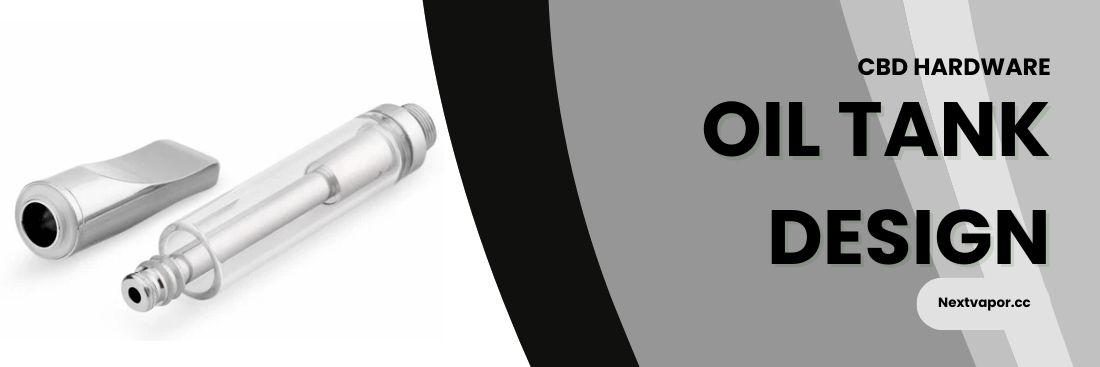When people talk about vaporizer performance, they usually think about battery voltage or coil resistance. But there’s another piece of the puzzle that rarely gets discussed outside of engineering teams — the oil tank itself.
Its shape, internal geometry, and even wall thickness all influence how air flows through the device and how evenly heat is distributed to the oil. Poor design can cause uneven vapor, off-flavors, or even burnt hits. A well-designed tank, on the other hand, makes everything work in harmony.
Airflow Path: More Than Just “Tight” or “Loose”
The path air takes through a vaporizer isn’t just about draw resistance.
• Central airflow channels create stable, laminar flow and predictable coil saturation.
• Offset or complex channels may add turbulence, which can cause hot spots and inconsistent vapor production.
Even a 0.2 mm shift in intake positioning can affect how quickly air reaches the atomizer and how heat spreads across the ceramic core.
Temperature Distribution: Keeping Heat Where It Belongs
Heating isn’t just “on” or “off.” Inconsistent wall thickness or poor thermal design can make certain parts of the oil chamber much hotter than others.
• Thin tank walls lose heat quickly, leading to overcompensation by the coil.
• Uneven ceramic contact creates localized overheating, degrading sensitive compounds.
• Precision machining helps maintain even distances between the oil, ceramic core, and airflow path — which directly impacts vapor quality.
Design Parameters That Matter
If you’re designing or selecting vaporizer hardware, focus on:
• Intake aperture size (1.2 mm–2.0 mm) — tune for oil viscosity to prevent flooding or dry hits.
• Tank wall thickness (0.6 mm–1.0 mm) — balance thermal stability and manufacturing cost.
• Airflow path alignment — straight and centered minimizes turbulence.
• Ceramic porosity — should match oil viscosity for consistent wicking.
• Machining tolerance (< ±0.03 mm) — tighter specs prevent leaks and airflow shifts.
Conclusion
Oil tank design isn’t an afterthought — it’s core to device performance. By engineering airflow and heat distribution correctly, brands can ensure every draw feels consistent, every flavor stays true, and every device lasts longer.
FAQ
Q: How does airflow design impact vapor quality?
A: Stable, laminar airflow prevents hot spots and keeps the ceramic core evenly saturated, improving vapor consistency.
Q: What’s the ideal intake hole size for different oils?
A: For thinner oils, smaller intakes (~1.2 mm) help avoid flooding. For thicker oils, larger intakes (~1.8 mm–2.0 mm) prevent dry hits.
Q: Why does wall thickness matter in oil tanks?
A: Too thin, and heat loss forces the coil to overwork. Too thick, and it may trap heat unevenly — both can degrade oil quality.
Q: Can machining tolerance really affect performance?
A: Yes. Even small variances (< 0.05 mm) can shift airflow, cause leaks, and impact thermal stability over time.
Post time: Sep-01-2025






